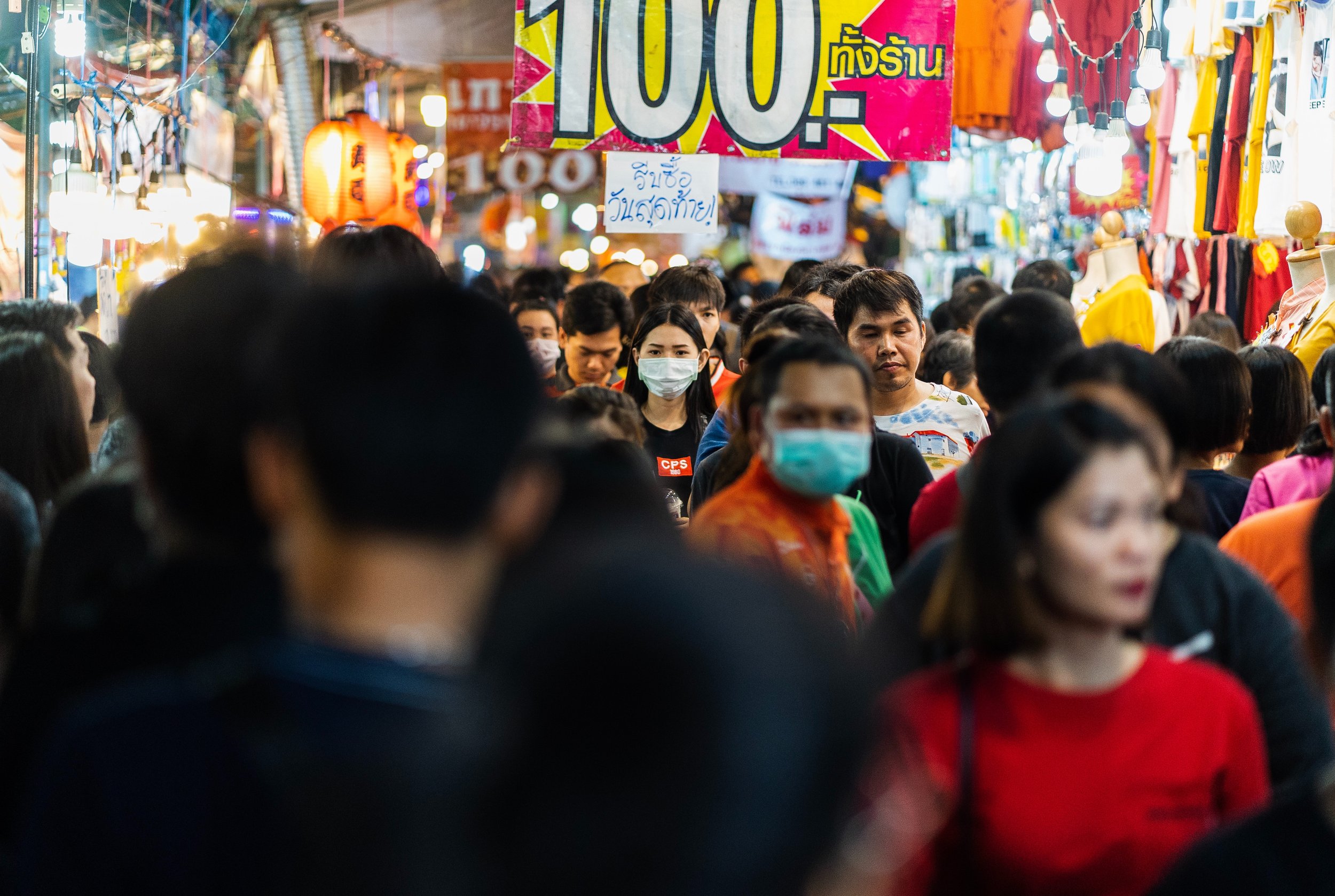
A Postcard from the Field: China
A Postcard from the Field: China
“May you live in interesting times.” How fitting that this wry warning about periods of crisis and turmoil is often mischaracterized as a Chinese curse, when in fact the expression is traced to a British parliamentarian’s speech from the 1930s. Misinformation about coronavirus has pressure-tested our trust in news and information sources — especially when it comes to China, ground zero for the pandemic. But what is it really like for people there right now?
While China is ever more in the spotlight and speculation grows around how the pandemic will shift our world order, we are interested in how behaviors and values are evolving and mutating. How have, for example, habits and social interactions changed – and which changes are likely to persist?
As part of ReD’s ongoing investigation into COVID-19’s impact, we worked with partners on the ground to conduct ethnographic research on everyday life in Shanghai and Wuhan. Over the coming weeks, we will be sharing insights from this work that raise questions for companies doing business in China, and that point to broader lessons for other societies opening up. We share these raw stories and photographs as part of the living history we are collecting to track how everyday life is changing during these decidedly “interesting times.”
See our Postcard from Copenhagen: Observing public life as the city opens up.
Fieldsite: Wuhan
YANG
Yang, a cardiac surgeon, and his wife, a nurse, spent weeks working 18 hour shifts in their hospital in Wuhan during the worst of the crisis. While they quarantined (and saved lives) inside the hospital, their eleven-year-old daughter spent eighteen days alone at home in their apartment, cooking, cleaning, and studying on her own. Every night, the family held a conference call to catch up on the day’s events. Their story of resilience was so extraordinary that they were profiled in the local paper.
Since quarantine lifted in early April, Yang’s family life has changed significantly. In an effort to establish healthier habits to prepare themselves for future outbreaks, they are trying to eat healthier and higher-quality food. They are also seriously considering how to diversify their revenue streams, as their family income dropped significantly with the decrease in surgeries performed at the hospital.
YAO
For Yao, a 32-year-old self-employed mother in Wuhan, the first thing she did when the lockdown lifted was go and buy a cup of fresh yogurt from the local stall. Similar stories abounded across our research, of people relishing the simple pleasures that were denied them at home: Going square dancing in the parks, getting a simple bowl of noodles at a local restaurant.
Yao’s neighborhood was hit hard by the crisis. For a short period, when normal food and medical distribution networks were totally shut down, their neighborhood mobilized to create grassroots produce markets and care systems for the elderly and ill. Historically, truly grassroots organization and civic engagement has been rare in China, which has traditionally relied on top-down power to mobilize resources. Seeing this kind of selfless volunteering at such a scale had a big impact on many of the people we spoke to, including Yao, who described an awakening consciousness of interdependence and capability for mutual support.
“What impress[ed] me the most is those volunteers. They played a very important role after Wuhan was closed down, helping us buy vegetables, sending patients to hospitals, healing elderly people. They risked their lives to save others… As a citizen of Wuhan, I really want to say ‘thank you” to them. It’s what our society is lacking the most — selfless, caring for others. I am planning to do more volunteering in the future with my family.”
Fieldsite: Shanghai
BETTY
Betty is a 24-year-old interaction designer who recently quit her job at a major Chinese technology company. She described herself as a typical young, ambitious Chinese person before the crisis, working long hours in pursuit of aspirations of “the good life.” This crisis, however, had a major impact on Betty’s priorities and values. Since the end of quarantine, she has seriously questioned whether the fast-paced lifestyle that used to drive so many young people is for her. (In China, this is referred to as the ‘9-9-6’ lifestyle — working 9 am to 9 pm, 6 days a week. Last year, thousands of tech workers took to github to protest this working schedule.) The crisis showed Betty both that there is an alternative way to be in the world, and that even if she did break her back for decades, the “Chinese Dream” embodied by figures like Jack Ma is probably unattainable for her anyway.
“My life before the quarantine was super busy and fast paced. I felt I was forced to move fast every day. I never cooked. My focus was on my working KPIs, my projects. When I finished a project, I just went out with my friends to have nice dinners and drinks. During the quarantine, I feel my daily routine is back, or to say, ‘I been more present in life.’ I went to the wet market with my mom to buy fresh vegetables, then prepared and cook[ed] each meal with [her]. This kind of life is more interesting then I used to think. I have spent more time reading, gardening, and also playing games.”
RYAN
Ryan, a 37-year-old manager at an insurance company, lives with his wife, their two kids, and his parents-in-law. During the lockdown, most facets of his household’s life moved online, from gym workouts to his son’s calligraphy lessons. Chinese calligraphy has a long and rich history of in-person pedagogy, but Ryan has found that the online classes offer a variety of unique benefits over in-person lessons, and is having his son keep up with them even as the quarantine lifts. It has even become an important bonding opportunity with his son.
“[Teaching online] forced [my son’s calligraphy] teacher to think how to teach and keep students connected. Actually, the teacher developed new skills. Now she is a professional in making class videos. To my surprise, it’s even better to learn from the video class because we can watch each step slowly and repeat it again and again. From now on, I will choose online classes for my kids.”
[Banner image by Robert Norton, via Unsplash]













